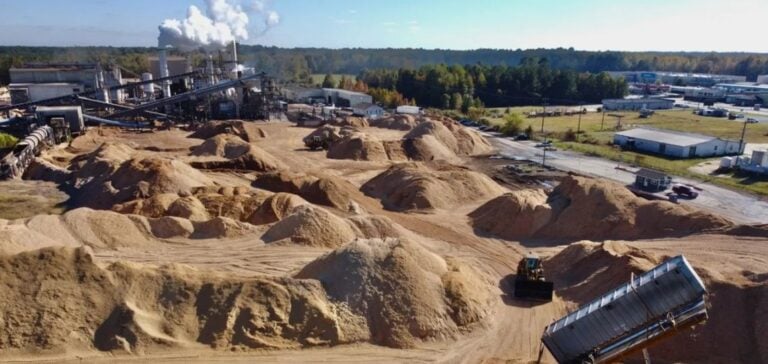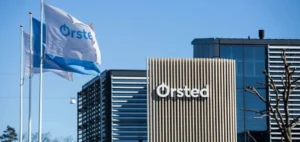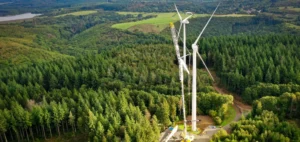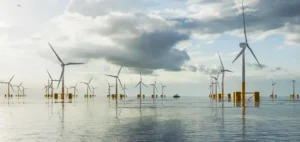Launched in July 2021, the proposal for Australia’s Wooroora Station wind farm, envisaging the installation of 42 turbines with a capacity of almost 300 megawatts, has gone through a complex evaluation process under the aegis of the Department of Climate Change, Energy, Environment and Water (DCCEEW). Despite obtaining development consent from the Queensland government and several revisions to the project to mitigate environmental impacts, prospects for approval remained dim.
Environmental efforts and the decision to withdraw
Damian Vermey, Acting General Manager of Queensland Development at Ark Energy, expressed that, despite cutting-edge environmental commitments and efforts to adapt the project, signals from DCCEEW indicated that final approval was unlikely. This reality led to a difficult but necessary decision to withdraw the proposal, underlining a journey of many years marked by efforts to reconcile energy development and environmental conservation.
Community and economic implications
The project was positioned as a potential driver of investment and job creation for the region, with anticipated benefits for traditional owners and the local community. The withdrawal is therefore seen as a blow to local hopes for a renewable energy future, and to the local businesses that would have benefited from the project’s construction and operation.
The future of wind power projects
This withdrawal raises questions about the regulatory and environmental challenges facing renewable energy projects in Australia. He stresses the need for more integrated planning and better harmonization of sustainable development objectives with environmental regulations to avoid future failures.
The withdrawal of the Wooroora Station wind farm project highlights the challenges of reconciling energy development and environmental conservation, despite substantial planning and commitments to positive impacts.






















